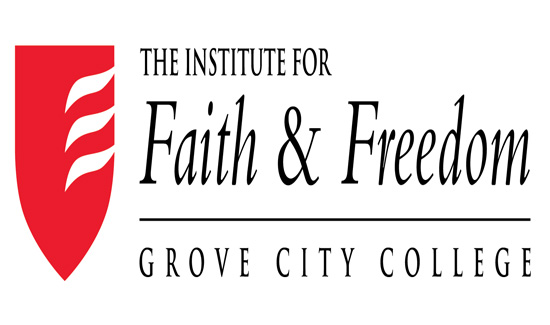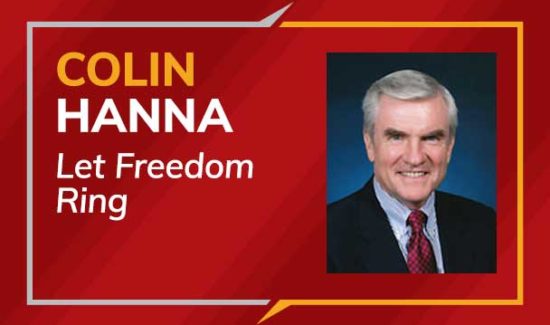Is the Pittsburgh Promise Not Enough?
(July 3, 2013)–Begun six years ago with great fanfare and grandiose goals, the Pittsburgh Promise seems to be falling well short of its primary objectives to improve the quality of education and raise high school enrollment at City schools. And the even more lofty ambitions to grow the City’s population, boost regional economic development and transform the lives of students and families in Southwest Pennsylvania that rest heavily on achieving the primary objectives are a long way from fulfillment. No doubt some of the students getting the program’s scholarship money have benefited from those funds. But if the program was ever going to be successful in its basic stated purpose, there should be convincing evidence by now.
The Promise program offers scholarship funds to students who have been in Pittsburgh Public Schools for at least the four years of senior high, i.e., grades 9 through 12. Those students who attend only senior high will receive 75 percent of the maximum award of $10,000 per year for four years. Students attending kindergarten through 12th grade will be eligible for the full $40,000 over four years. There is a schedule of amounts for intermediate years of attendance. To complete the eligibility requirements, graduating seniors must have maintained a 2.5 Grade Point Average (GPA) and had 90 percent attendance, with accommodation for excused absences.
Obviously, for serious students who want to go on to post-secondary education, the prospect of the scholarship will be enticing, especially those who started attending Pittsburgh schools in the 9th grade or earlier. Students transferring to a Pittsburgh school in 10th grade or later would not be attracted by the program.
How’s the enrollment objective going? From school year 2006-2007 total Pittsburgh Public School enrollment tumbled from 28,265 to 24,849 in 2011-2012 and fell again in 2012-2013—a decline of over 12 percent. Meanwhile, the number of 12th graders has decreased from 1,965 in school year 2006-07 to 1,635 in 2012-13, a 17 percent slide. There is little that is reassuring for the Promise program to take away from these data.
According to recent accounts, the number of scholarship recipients has been declining over the period since the Promise was created and with declining high school enrollment that is entirely understandable. What’s worse, in the schools with 6th through 12th grades, only 34 percent of the graduating class qualified for the Promise scholarships in 2012. At Westinghouse only 17 percent qualified. In the schools that have 9th through 12th grades, 52 percent of seniors qualified for the Promise scholarships. A serious problem standing in the way of qualifying recipients is the stunning 47 percent of students in high schools with 9th to 12th grades who are chronically absent, i.e., more than 10 percent of the days in a given school year.
And then there is the academic improvement goal. Based on the number of earlier Policy Briefs in which the poor academic performance of many of the City’s high schools has been lamented, it seems redundant to bring the issue up again. But here’s the problem in a nutshell. Between 2007—the year before the Promise plan went into effect—and 2012, the latest results available, SAT scores for Pittsburgh public school students became almost uniformly worse. Of the nine schools in existence in both years, two schools (CAPA and Allderdice) posted marginal improvements, Langley results held fairly close to 2007 numbers while all others recorded declines. Some of the schools suffered dramatic slides in SAT scores. Especially noteworthy was the 50 point dip in the verbal test results at Brashear along with an accompanying 44 point drop in the math score.
Only two Pittsburgh high schools, Allderdice and CAPA, had combined reading and math SAT scores above the state average of 990. Combined SAT scores at most schools were well under 900 and five were at 820 or below. And if that is not bad enough, the 2012 PSSA math scores in the high schools also took a dip from 2011 levels. Only one school with 11th graders saw its math score improve. The number of Westinghouse 11th graders scoring at proficient or better levels in math nudged up from an abysmally low 6.9 percent to an also abysmally low 7.5 percent.
In short, it is hard to see how the Promise program scholarship has led to any improvement in academic performance. In fact, if anything, the results are worse than they were at the beginning of the Promise program.
The Pittsburgh Promise does not provide the statistics necessary to determine how many scholarship recipients have earned a four year degree, a two year degree or some other certification of completing requirement degree. Nor do they estimate how much of the money provided to graduates ends up being spent to no effect.
Needless to say, on its two major objectives the Promise program is struggling mightily to find something useful to say. If those goals are languishing, how is the boosting of regional economic development going? Perhaps some scaling back on grand plans is in order.
At some point, it would be very useful for the Promise program to hire an independent consultant to study whether or not the guarantee of money for students who make it through high school in a Pittsburgh school and qualify for a generous four year scholarship is having a positive or negative effect on work effort of students. In this era of grade inflation—as shown by the SAT scores of graduates—any easily obtainable "free" benefit could reduce the need for some students to work as hard as they might otherwise.
As we have noted before, and it bears repeating, a more powerful and effective education enhancing way to employ the scholarship dollars would be to create scholarships for elementary and secondary students to get out of Pittsburgh schools and attend private or parochial schools. Provide $10,000 a year to students who want an alternative to the academic failures masquerading as schools in Pittsburgh. The impact would be salutary in creating pressure on City schools to either improve or watch their enrollment leave. Perhaps such a plan would serve as a demonstration program with the potential to convince the Legislature to enact—at long last and way overdue—a well-funded universal voucher system for Pennsylvania.
Jake Haulk, Ph.D., President
If you wish to support our efforts please consider becoming a donor to the Allegheny Institute.The Allegheny Institute is a 501(c)(3) non-profit organization and all contributions are tax deductible.Please mail your contribution to:
The Allegheny Institute
305 Mt. Lebanon Boulevard
Suite 208
Pittsburgh, PA15234
For more on this topic click here
Link to Allegheny Institute Website
Forward this Brief to a friend





